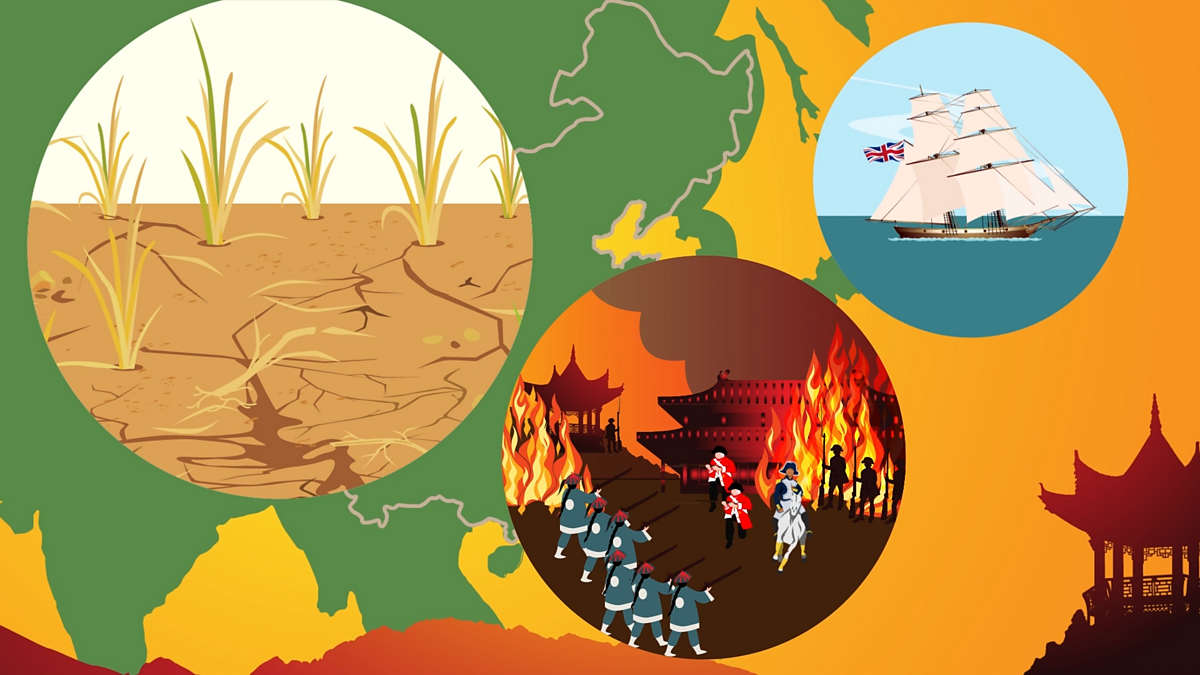Shopping
The fall of the Qing dynasty – The Qing dynasty – KS3 History – homework help for year 7, 8 and 9. – BBC Bitesize

By the late 1800s, the Qing A series of rulers who are all from the same family. was under threat. Newspapers, both in China and abroad, were talking about whether Britain, Germany, France and the USA would divide China between them and make it part of their empires. Attitudes to the Qing in Europe had changed. Once seen as a desirable, rich land, China was now seen as weak and suffering.
People in China knew the Qing dynasty was under threat too. The Civil War period had done much harm and China’s defeat by Japan in the Sino-Japanese War of 1895 was a further shock. To China, Japan had always been its smaller neighbour. Japan had recently reformed its government and had promoted Western technology and science. Thinkers in China took the defeat as proof that China also needed to change.
A person who works to bring change, hoping to improve something gradually. inside the Qing government worked to try to save the Qing by modernising the military and building factories, railways, and A method of communication where messages are sent and received from far away. Electricity is used to send coded messages through wires.. Following the disaster of the A violent anti-Christian and anti-foreign rebellion, 1899-1901. The Qing court chose to support the Boxer rebels, but a force of eight foreign powers defeated the rebels and the Qing. The result was humiliation for the Qing, and they were forced to pay vast sums of money to the victorious powers., the Qing court introduced the The New Policies, 1901-1911, were a series of major reforms in the hope of saving the Qing Dynasty. After the Boxer Rebellion, the Qing court realised the dynasty had to become more modern. Reforms included education, the military and a new legal system. in 1901, designed to bring further change. The old Confucianism is a philosophy that demands good behaviour and loyalty to family and emperor. It is based on the teachings of the Chinese philosopher Confucius (551-479 BC), and was at the core of the belief and education systems of most Chinese dynasties. examinations were abandoned in favour of western-style education. Other reforms tackled tax, law, the police, and the military.
However, there were also people who thought the Qing reformers were not doing enough. Some revolutionaries argued that China could not stand up to the West without getting rid of the emperors entirely, and some felt it was wrong for Han Chinese to be ruled by a Manchu emperor.
The Xinhai Revolution came very suddenly in 1911. Soldiers in Wuchang revolted and other cities quickly joined them. The revolutionaries declared the founding of the Republic of China. Puyi, the last emperor of China, stood down and the Qing was over.










